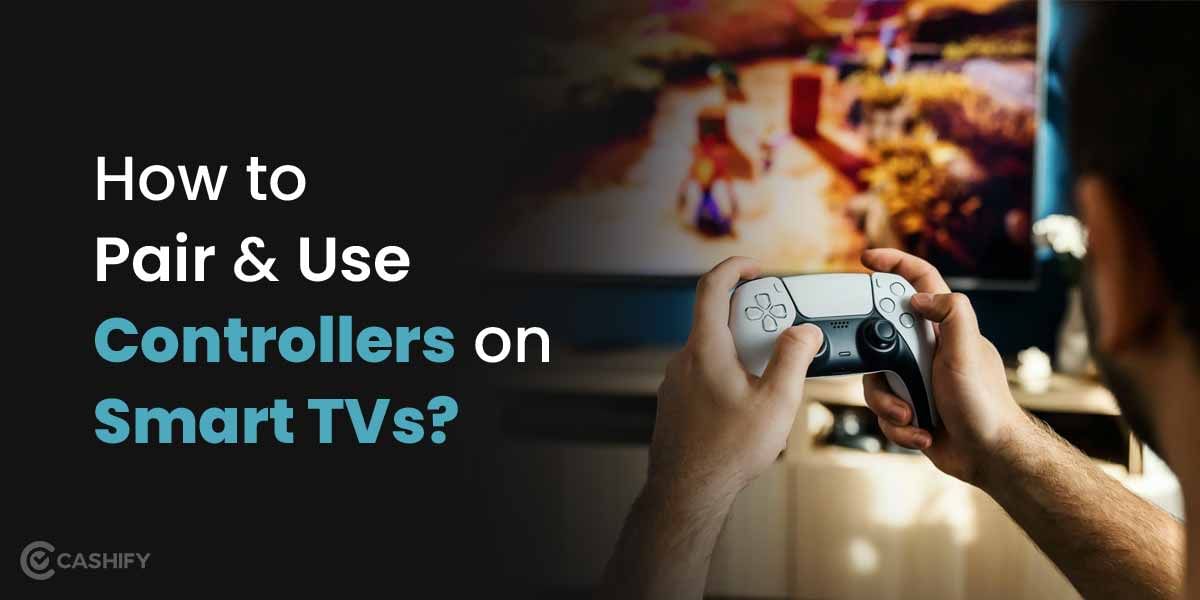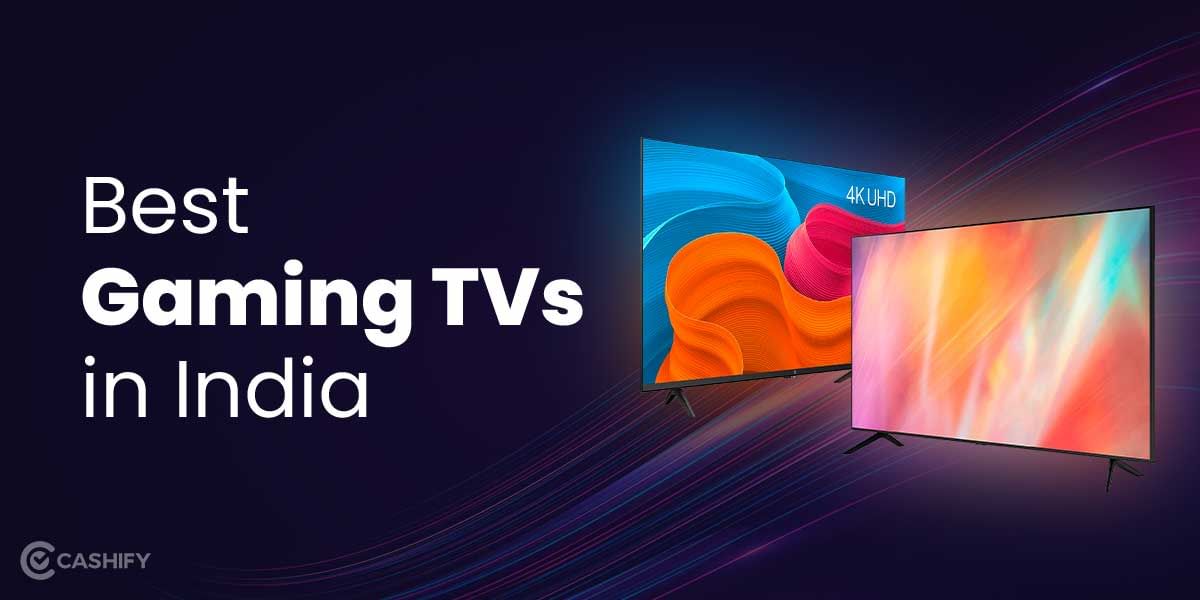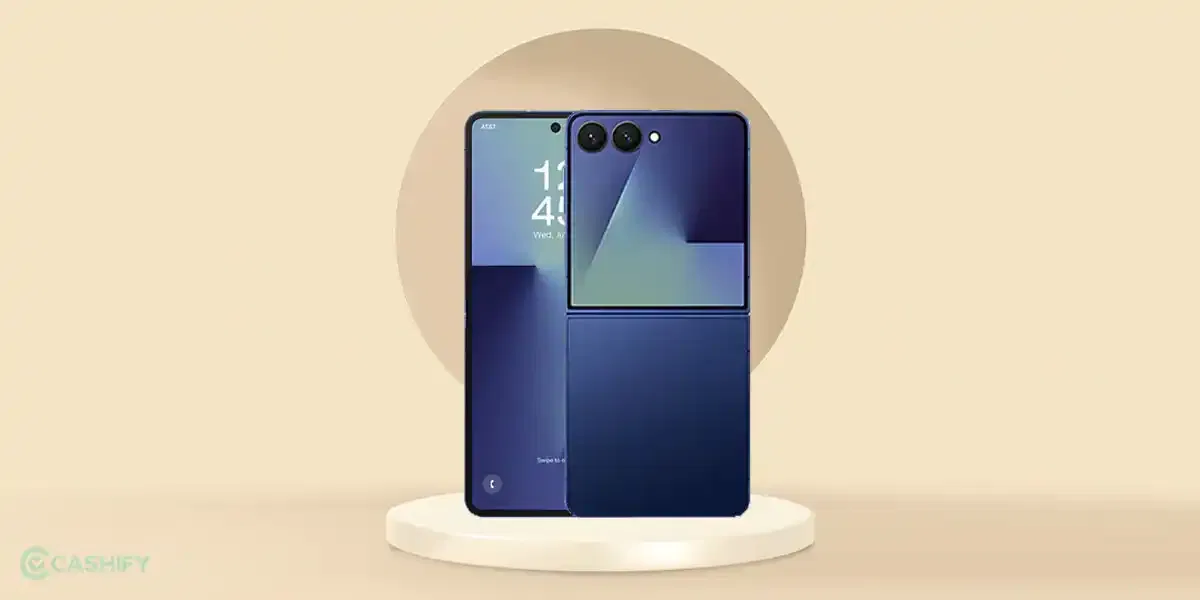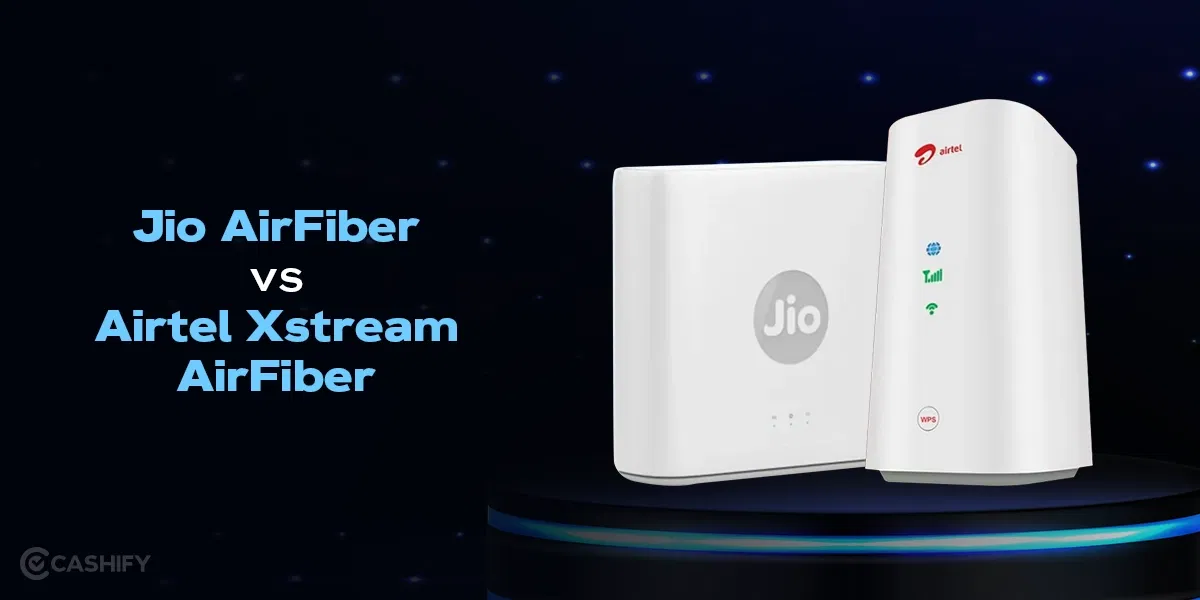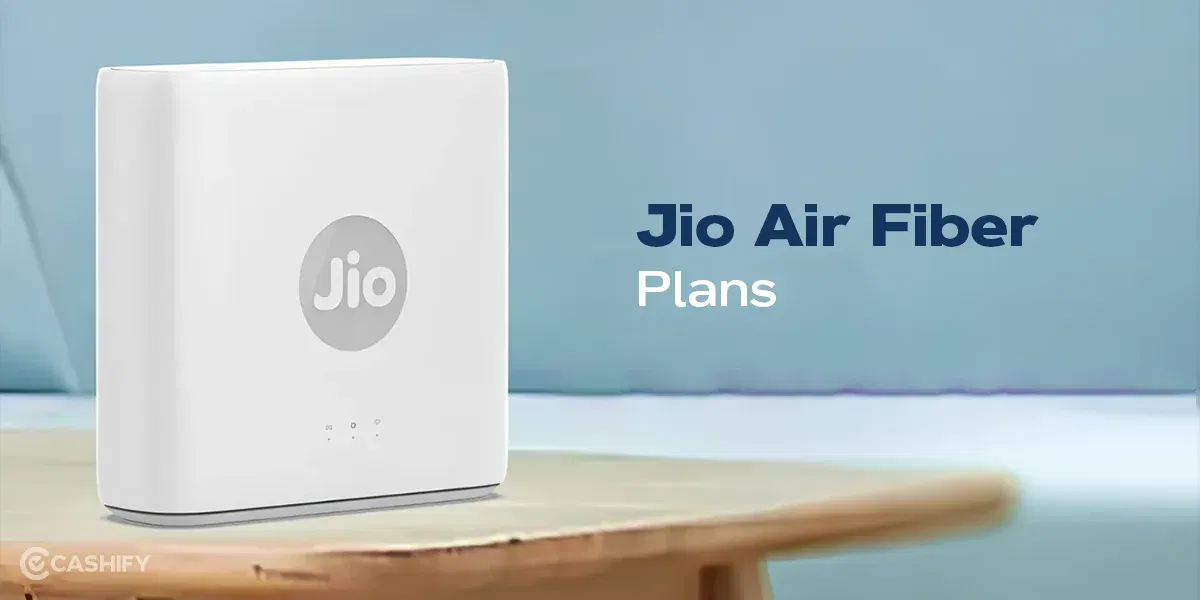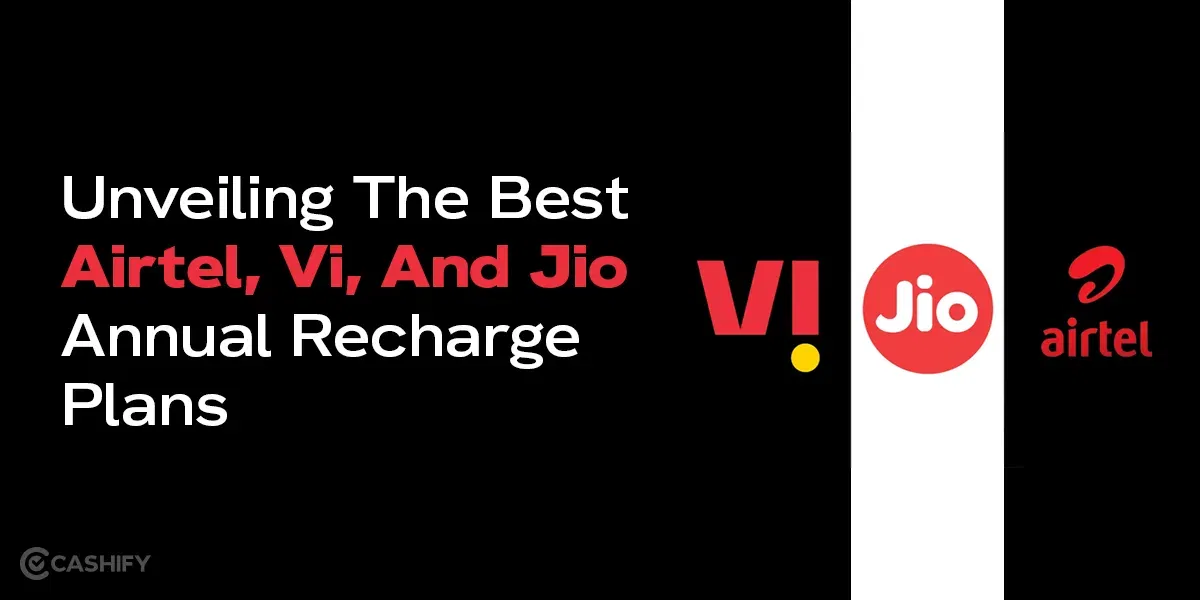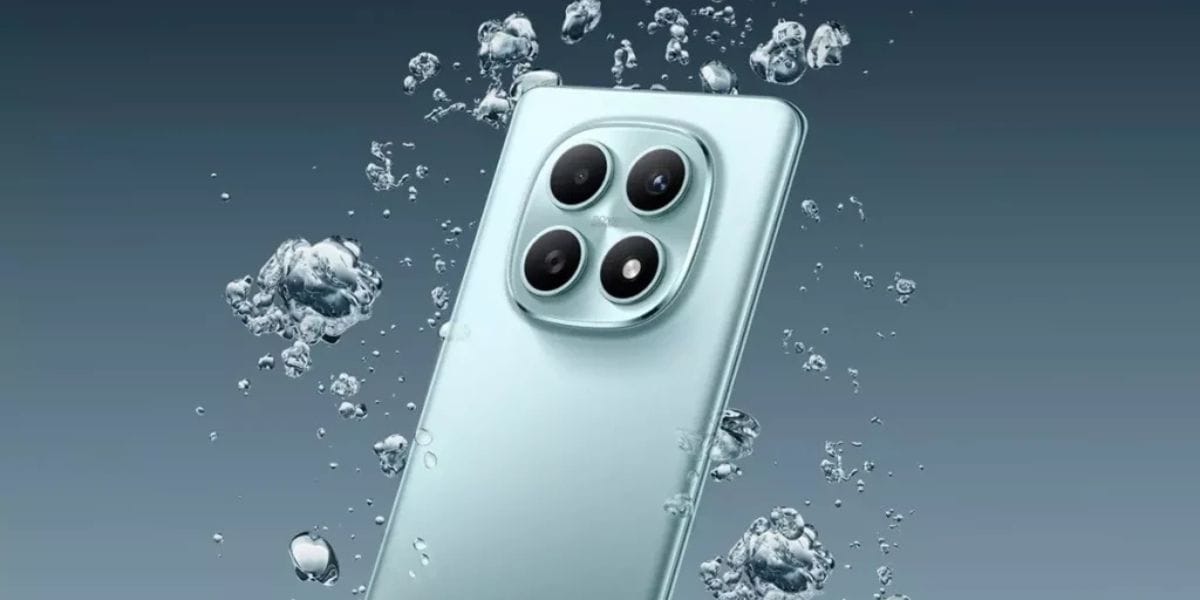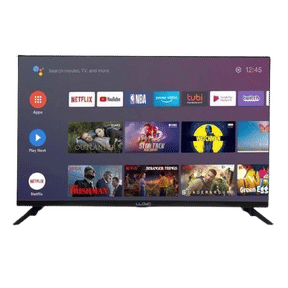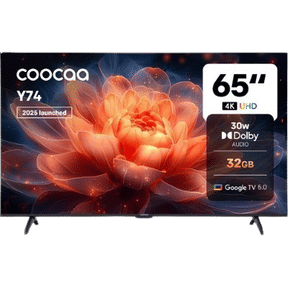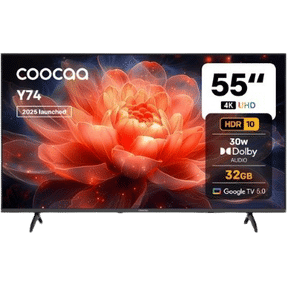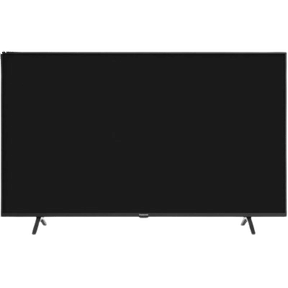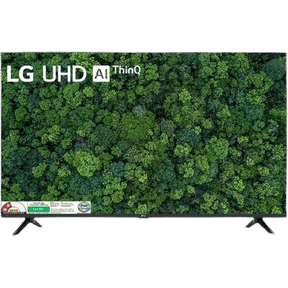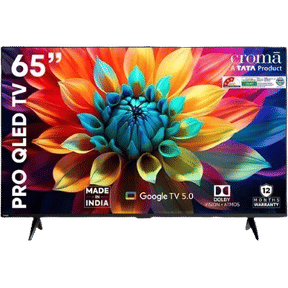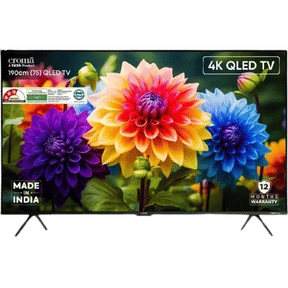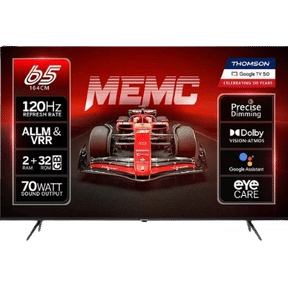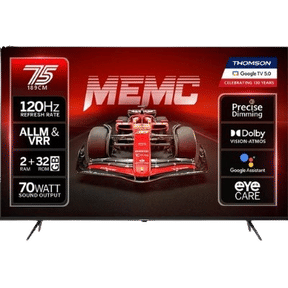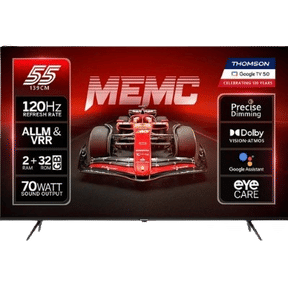The Quantum Dot Display story starts from the CES, a highly momentous technology occasion in the World as it is a yearly business exhibition arranged by the Consumer Technology Association. This annual business exhibition hosts exhibits of customer electronics’ latest creations and technologies by world-leading electronic item manufacturers.
At the CES event, new technology was recently introduced, known as Quantum Dot. It is also addressed by other names, which can overwhelm things so we will discuss that later in the article.
Nevertheless, of what name you address it by, Quantum Dot was the talk of the hour and was going hand-in-hand on the discussion front with the people who are big fans of the 4K resolution displays. Many believe Quantum Dot will be a big shot in the television industry, fetching a more pleasing picture grade for more affordable Televisions sets.
Quantum-Dot Diplay Television = LCD Television
The foremost thing you need to be aware of about the Quantum Dot television is that they are a new category of LED-backlit LCD television. Quantum Dot also makes the images in the same quality as an LCD, but the Quantum Dot display can really enrich the colours on the screen.
You are given the backlight mechanism on standard LCD Television, a pile of LEDs arranged and laid out at the screen’s edges or placed right behind the screen. That light from LED is dispensed, led by a light-pipes plate (A light-pipes plate is an instrument utilised to produce light from a light source to a position where the light is required, and we also call it LED) and illuminated via a polarising filter. The photons will, later on, strike a coating of liquid crystals that can stop the light rays or permit them to be passed via a second polarised filter.
Before the light rays go to the second polariser, light rays will pass via a coating of red, blue, green and, in some cases, yellow colour filters. These filters are called subpixels. When an electrical charge is distributed to the subpixels, it will regulate the combination of coloured light rays that are seeable on the other side of the screen. This light rays mixture makes the colour weight per pixel on the screen.
The layout of Quantum Dot Display on LCD

When you have a Quantum Dot display mechanism on your screen, there are no significant modifications to that process stated above; the only difference comes in when the diffuser sheet in front of the light-guide plate(LED) in a standard LCD is replaced with a Quantum Dot film. Standard LCD TVs also have the same advantages and disadvantages. The local dimming technology can be utilised to construct full-array backlit Quantum Dots (which is productive for picture uniformity and more in-depth black colour on screen).
You may see colour banding (colour banding occurs when the colour bit depth is shallow to support shades of a colour to allow a seamless change), and greyer blacks with edge-lit Quantum Dot Television sets that do not have local dimming (conclusion: flimsier images, but with no local dimming). Because of the industry’s primary motivation towards the 4K resolution, you will see 4K Quantum Dot Television sets more than your conventional Full HD Quantum Dot Television sets.
Also Read: 10 Brawl Stars Tips And Tricks To Get You Started Right Away
Quantum Dot Television Is Distinct

The differences in a Quantum Dot Television set begin with the backlight’s colour. The LEDs mounted in many of the standard LCD Televisions radiate white light rays, but in Quantum Dot TVs, the light rays emitted are blue. Standard LCD TVs radiate white light because they are covered with yellow phosphor and utilise blue LEDs.
Quantum dots play an important role here. The blue LED light rays will drive the blue shades of the image, but the quantum dots produce red and green light rays. On the light guide plate (LED) or in a sheet of the film above the LEDs, Quantum Dots are positioned in a pipe, also called Quantum Rail.
Quantum Dots are required to do a solo job, and that is to radiate one colour. Quantum Dots flourish at this job. When light rays hit a Quantum Dot, it glows with a precise colour that can be adjusted. When the blue LEDs radiate on the Quantum Dots, the dots shine with the vigour of lightning bugs.
Type of Quantum Dots
Quantum Dots are small, and that decides their colour. Quantum Dots come in 2 sizes on a Television-
- Big Size Quantum Dot- They glow in red, and their diameter is almost around 50+ atoms combined.
- Small Size Quantum, Dot- The glow in green and their diameter is almost around 30+ atoms combined.
You will find these Quantum Dots in billions on a Television.
Quantum Dots have the edge over conventional LCD TVs regarding striking shades and colour range. In a standard LCD, a light guide plate(LED) produces a broader range of white light rays and looks messy, with a lot of light falling in a limited colour range inoperable by the TV set’s colour filters. Still, with a Quantum Dot TV, the light rays wasted are almost negligible. You can get more luminous and true-to-life colours on Quantum Dot TV.
Also Read: How To Change Name In Aadhaar Card
Are Quantum Dot TVs Expensive?
Quantum Dot TVs are costlier than your conventional LCD TVs, but they are much cheaper than your OLED TVs because they are alleged to be 4K/Ultra HD-based TV sets in the coming future.
In today’s time, the OLED TV s are said to be the most expensive TVs in the market as they may cost you anywhere between Rs.1,00,000 to Rs.7,00,000 depending on the screen size and other hardware. You will only find that giants like L.G, Samsung and Sony are investing in making OLED TVs while the rest of the brand wants their customers to have something that does not costs them a fortune and also give crisp image quality on their screen at a feasible price range.
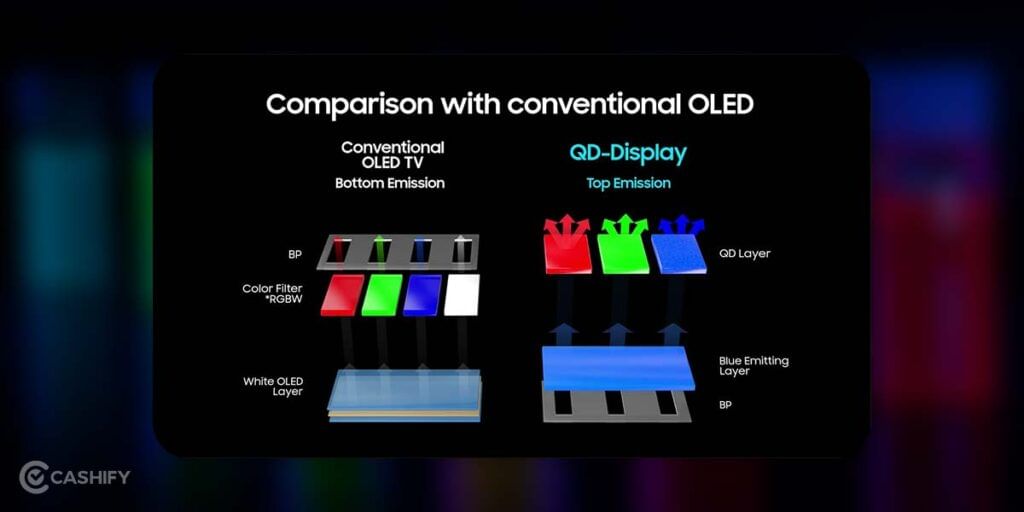
Furthermore, Quantum Dot TV sets do not need revamping the LCD’s layout process. Quantum Dot has a broader colour range than your conventional LCDs and is very close to OLED TVs in the colour arrangement.
Also Read: Best Universal Smart TV Remote June 2022
What do manufacturers think of Quantum Dot Display?
Nanoco is a global head in designing and building cadmium-free Quantum Dots(cadmium is a toxic material related to an advanced threat for cancer and several kidney and liver miseries) and different nanomaterials for usage in numerous things, including LCDs, lighting, solar panel cells, etc.
Michael Edelman, CEO of Nanoco, said that the TV manufacturers find that Quantum Dots are an excellent replacement for the diffuser sheets found in conventional LCD; that is why his company makes Quantum Dot film in collaboration with Dow Chemical so that they can replace the diffuser sheet from standard LCD with a Quantum Dot film for better image quality. He further said, “They remove a diffuser sheet in front of the light-guide plate(LED) and replace it with quantum-dot film. Nothing in the supply chain gets changed, nothing in the factory gets changed. They get, in some cases, better than OLED-type colour at a fraction of the cost.”
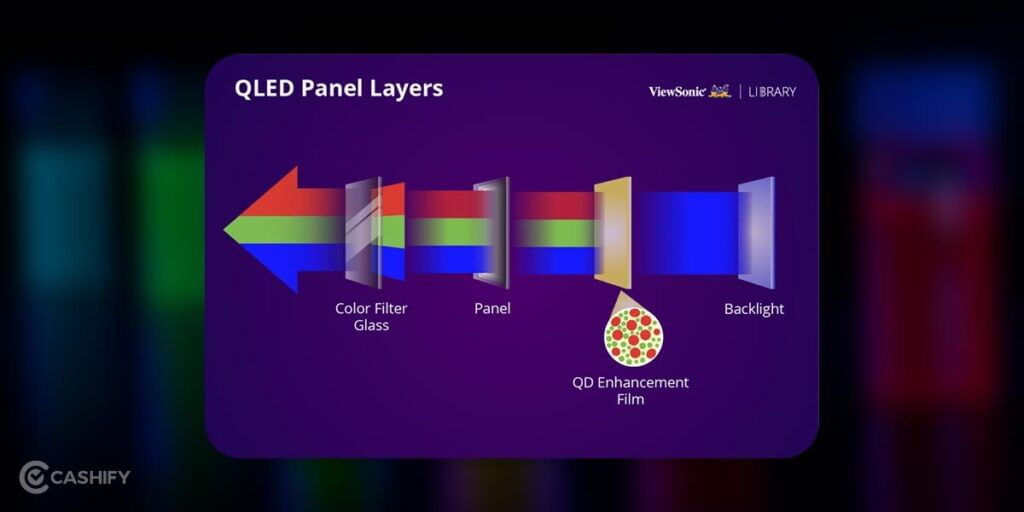
QD Vision(a nanotechnology products company providing display and lighting resolutions for TVs and other displays, which Samsung Electronics attained) claims its tube-based method is more effortless and more inexpensive to execute. The tube-based method can intensify the colour performance of the affordable edge-lit LCD TV sets as well. As per QD Vision, the oxygen-barrier film required for Quantum film-based dot is expensive.
But, Nanoco and Nanosys are collaborating with companies like Dow Chemicals and 3M for the Quantum Dot film. This will ensure that the prices of Quantum Dot-based TVs remain low. Also, it will help the Quantum Dot TVs survive the market and be able to replace the older standard LCDs without any extra cost.
Also Read: 4 Best Laptops For Programming To Maximise Your Efficiency
Conclusion
Quantum Dots films inside the LCD will soon replace the diffuser sheet found in your conventional LCDs. Quantum Dots in LCD offer ultra high definition colours and improved compelling viewing angles.
Expect Quantum Dot TVs to be priced low compared to OLED TVs. In this initial surge of Quantum Dot TVs, most MRPs will likely be in Rs.50,000-Rs.95,000. You can expect nothing less than a 43-inches Quantum Dot LCD TV at the starting price range.
Also Read: Gmail login as different user: How to login to Gmail with new account
Thinking about wanting a new mobile? Cashify offers the service at your doorstep. Thus, sell your phone online or recycle your phone in Cashify.




